Riot Games’ widely popular MOBA League of Legends has been around since 2009 and it’s remained one of the most popular esports since its inception.
Even though it’s been available for so long, there are always new players getting their hands on the game for the first time. For those players, it can be daunting to get a grasp on how the game works and what they should be doing to maximize their potential for success.
Here’s everything new players need to know about the basics of League.
The goal

The goal in League is to work as a team to destroy the enemy Nexus or crush the enemy’s hopes of victory to the point that they surrender.
The Nexus is the primary objective in each team’s base. Once its health hits zero, the team who destroyed it wins. The objective lies deep inside the enemy’s base on their side of the map. Getting to it will be a challenge, though, since there are many obstacles in the way.
Champions

League boasts 150 unique champions. They can be unlocked by using in-game currency acquired through playing games or purchased using real-life money to buy Riot Points. The game also offers a weekly rotation of 15 champions that are free to play.
Each champion offers a unique playstyle and ability set that can be more beneficial depending on the role you’re assigned in the game. Each team will be set up with five champions that will try to defeat the enemy by making their way to and destroying the enemy’s Nexus.
Controls
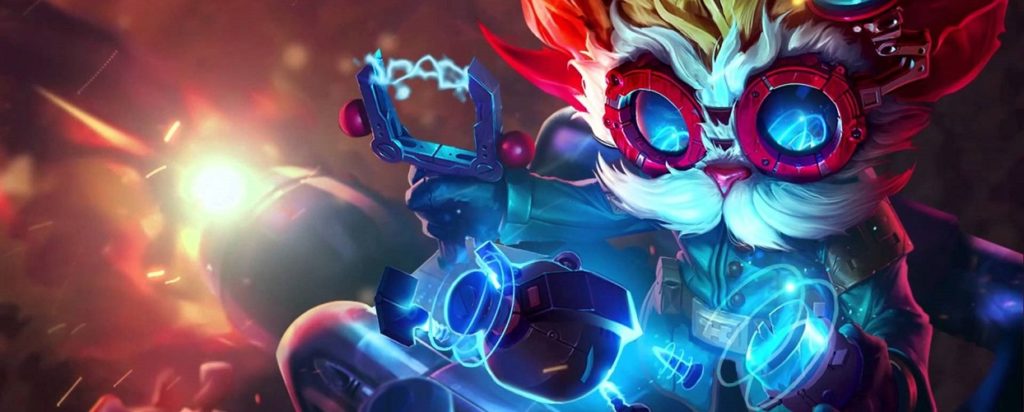
Movement: League has a simple movement system. Players use the right mouse button to click on the screen where they would like their champion to move to.
Map navigation: Once you begin moving, you’ll notice that the camera follows the mouse and not the champion. Holding the spacebar will focus the camera on the player, making it easy for them to see combat around them. If the player wants to look around the map, they can do so by moving their mouse or by clicking on the mini-map in the bottom right corner.
Abilities: Champions have four abilities that can be unlocked as they level up. These will be bound to the Q, W, E, and R keys. Each champion has unique abilities that will be activated in a variety of different ways. Players will be able to level up their abilities as their champion’s level increases in-game by holding Ctrl and selecting the corresponding key. Some abilities will be targetable and will require the player to right-click on an enemy or teammate after they click the ability key. Other abilities will automatically take effect from the press of the key.
Recall: Players are able to return to base quickly when out of combat by recalling. This can be done by clicking the B key. If a player takes damage while they’re recalling, it will automatically be canceled.
Items: Each item will correspond to a numbered key. Some items offer active effects that the player can choose to initiate, offering a variety of different effects. All they must do to accomplish this is select the number corresponding with that item’s slot in their inventory.
Getting started

Once players enter the game, they’ll spawn at their team’s corresponding fountain. From there, they’ll be unable to leave for 15 seconds. This ensures that all players have successfully entered the game and are ready to begin.
Players will begin with a total of 500 gold that they can use to purchase items, which will increase their champion’s statistics or grant them bonus effects.
Your choice of items will depend on the champion that you’re playing. League offers recommended items in the shop that are effective depending on which champion you’re using. For beginners, following these recommended builds and crafting the items mentioned is the safest bet.
After one minute, minions will spawn out of the Nexus in three lines heading toward their respective lanes.
Minions

One of the must-know mechanics of League, minions are going to be extremely important for assisting you in pushing down lanes and for facilitating gold to spend on items.
Dealing the final blow on an enemy minion will give gold to the player. This is commonly known as last hitting.
Minions come in multiple different forms with different statistics and styles of attacks. Minions will upgrade every 90 seconds, causing their statistics to increase.
Melee minions: These are the most common minions in the game. They deal melee damage, meaning they’ll need to get up close to damage enemies. But they do boast slightly more health than their ranged counterparts, as well as higher attack speed.
Caster minions: Unlike melee minions, caster minions will remain at a distance, firing at enemies as they enter their range. These units may have less health than melee minions, but they’re able to deal more damage.
Siege minions: A unit that will appear less frequently than the previous two mentioned, siege units are an upgrade in all factors to the melee and caster minions. Boasting more damage, extra health, and more range, siege units only fall short in their attack speed. But with the damage they output, this isn’t a problem.
Super minions: The strongest type of minion in the game, these minions only begin to spawn following the destruction of an enemy’s inhibitor. The statistics on these far exceed the previous minions and can even challenge enemy champions if they enter play in the early parts of the game. Spawning these minions is going to make pushing through the enemy defenses toward their Nexus much easier.
Minions will spawn at the Nexus before splitting and heading down one of three lanes.
Turrets

The League map, Summoner’s Rift, is split up into three primary lanes, each guarded by a series of turrets. There are three turrets in each lane per side that will defend their corresponding team.
Each lane features an outer, inner, and inhibitor turret. The first line of defense on each side is the outer turret. Moving closer to each team’s base, there’s another tower called the inner turret. The final lane tower after that is the inhibitor turret. This turret’s purpose is to defend the inhibitor and to stop enemies from spawning super minions and reaching the Nexus. There are also two more turrets surrounding the Nexus that act as the final defense to stop enemies from attacking the objective.
Turrets will attack any units that enter their range, prioritizing minions before champions, allowing players to deal damage to enemy turrets while in the company of friendly minions. The turrets can also provide vision on enemy items that wouldn’t otherwise be visible outside of their range, such as traps or wards.
When a player engages an enemy under their turret, it will immediately direct its fire upon them, forcing them to either escape the range or destroy the tower before it ceases fire. Each turret blast that damages a player will trigger bonus damage on the next, which makes staying under turret fire for long durations of time extremely dangerous.
For the first 14 minutes of play, turrets will have plating that offers extra protection while providing gold to teams who are able to break these plates.
Lane setup
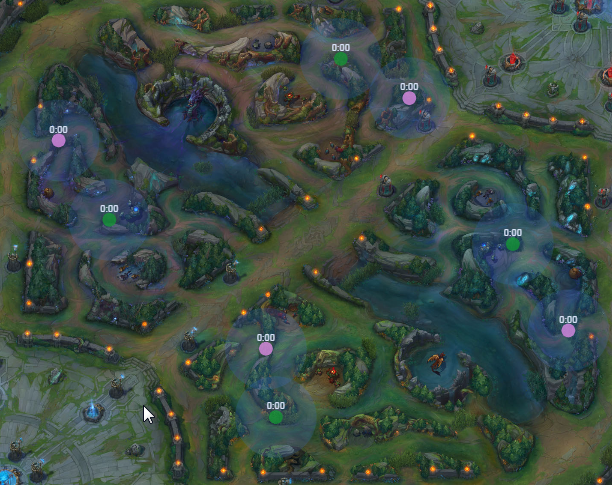
Summoner’s Rift is divided into three lanes, with an area called the jungle in between. Different champions excel in certain lanes, but it’s not unusual to see players stray away from these recommended setups and choose more unorthodox options instead. For beginners, however, you’re going to want to stick to these rules.
Top: A one player lane, this lane is usually dominated by bruiser champions that can deal sustained damage while taking some back themselves. Champions with large health pools known as tanks are the best option to use in the top lane for a beginner. Once the laning phase is over and teams begin to group up, top laners will become a key part of winning teamfights.
Mid: Another lane that commonly only sees one player, assassins and mages are mostly seen in the mid lane. They offer fast burst damage that can quickly execute opponents with medium to low health.
Bottom: The only lane you should always see with two players, the bottom lane consists of an ADC (attack damage carry) and a support. The ADC’s purpose is to deal high-damage basic attacks that can eliminate opponents and quickly wear down enemies with large health bars. The support is there to facilitate the ADC’s growth since they’re usually low on health. Support champions have a lot of utility, such as crowd control that can put enemies in a spot to be taken out by the ADC.
Jungle: The most unique position in League, junglers will traverse through the wild area between the three core lanes on the map. They can show up to assist any lane that needs help.
Jungle camps

The jungle in League is set up into multiple different sections. Each side consists of a top and bottom jungle, while the river in the center of the map is neutral ground between either team.
Each sector consists of different camps, offering monsters that can be defeated to acquire gold or to gain a timed buff.
The river in the center of the map is home to many neutral monsters that will offer teams powerful bonus effects. Seen walking up and down the river on either side, the Scuttle Crab is a monster that doesn’t attack players. Once it’s defeated, it offers that team vision and a speed boost in the center of the corresponding side of the river.
Dragon
Drakes are one of the key monsters that you’ll need to keep track of to be effective in League. They’ll spawn at the bottom side of the river and have multiple different forms that produce different effects for the team that slay it.
If a team takes down a total of four dragons, they’ll be granted a Dragon Soul that will provide bonus effects depending on which drake they defeated most.
Infernal Drake

Killing the Infernal Drake will grant every player on a team bonus AD (attack damage) and AP (ability power). This can be extremely powerful early in the game. The Infernal Dragon Soul effect creates an AoE damaging explosion around the player when they attack, as well as bonus health.
Mountain Drake

The Mountain Drake grants players extra armor and magic resist, making them more durable. The Mountain Drake Soul also grants a shield for players, as well as bonus AD, AP, and bonus health.
Cloud Drake
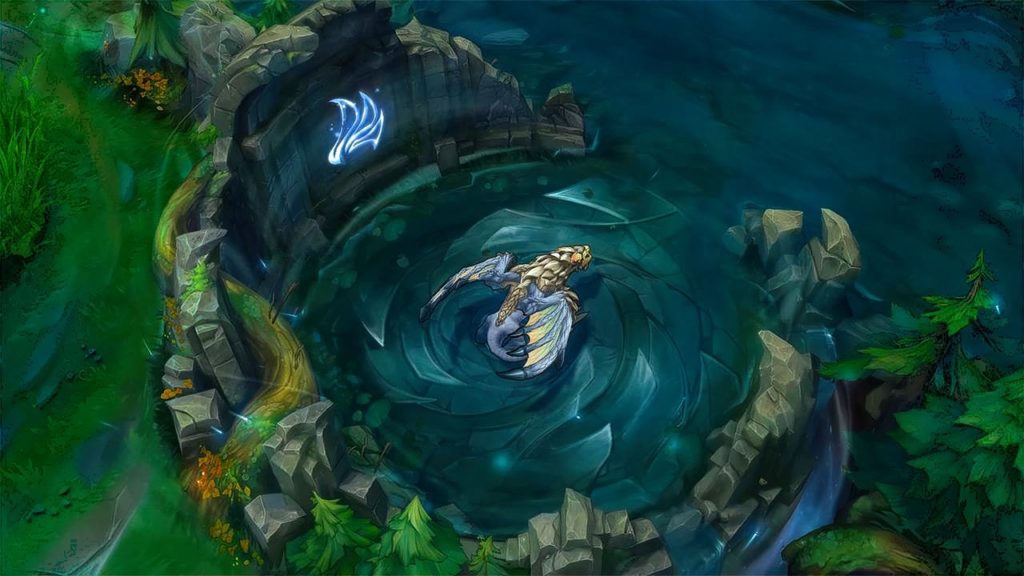
This drake will grant players reduced cooldowns on their abilities that ignore the current capped limit to cooldown reduction. The Cloud Drake Soul effect provides bonus movement speed for players.
Ocean Drake

Killing the Ocean Drake will grant players some health restoration every five seconds. The soul effect of the Ocean Drake will heal the player once they deal damage and restore mana, granting bonus AD, AP, and health.
After slaying two drakes in a game, players will notice changes to the layout of the map depending on the third type of dragon to spawn.
Finally, there’s the strongest dragon of them all, the Elder Dragon. This beast only spawns after a team has defeated a total of four dragons.
Elder Dragon

Slaying the Elder Dragon will increase a team’s buffs acquired through beating the other dragons by 50 percent. It also applies a burning effect on the team’s basic attacks that deal extra damage.
Rift Herald
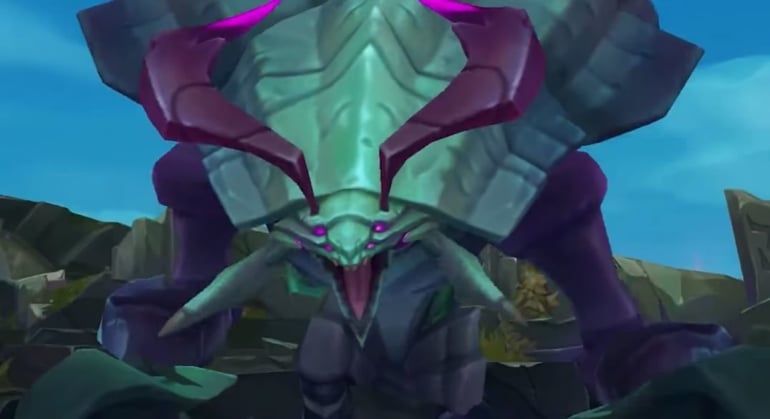
On the other side of the map lies another extremely strong monster, the Rift Herald. Slaying this creature will add it to one player’s inventory in their trinket slot when they collect it. Activating this will spawn the creature that will progress toward the closest enemy tower, charging at it and dealing damage until it’s destroyed.
Baron Nashor

Replacing the Rift Herald after 20 minutes of play, the Baron Nashor is one of the strongest monsters in the game. And with this strength comes the greatest reward for those who slay it.
Taking down this beast will grant the team a massive increase in AD and AP, as well as an aura that will promote nearby minions, making them much more powerful. The buff also supplies an enhanced recall, allowing players to return to base at a much faster pace.
Keys to success

Early game
Early in the game, players in lanes are going to want to focus on accumulating as many minions kills as possible. This will allow them to build up their gold and purchase items to enhance their power. While doing this, if you choose to engage the enemy, you must ensure that you’re in a situation that you can afford to return to base and possibly lose minion farm.
As for the player taking the jungle role, most jungle champions will usually need to remain in the jungle, taking out monster camps until they have all their abilities unlocked. At this stage, they should look to assist lanes in between their jungle path. If done effectively, this will give your jungle champion some extra gold while taking the pressure off the lane and allowing that champion to reset if need.
Mid game
Toward the middle of the game, objectives are going to become extremely important. Ensuring that you’re defending turrets and attempting to take down the enemy’s tower won’t be your only concern.
Players in the bottom lane and the jungler are going to begin to take focus on dragon. It’s important to weigh the risk when choosing to attempt to slay this buff. It might not be worth it if enemy players have vision and can take advantage of the situation by eliminating the team and taking the buff themselves. It also might not be worth giving away a lane tower just to take down a dragon.
In contrast, the top lane of the map is going to need to keep vision on Rift Herald. An early Rift Herald can completely change the dynamic of a lane since its extremely powerful tackle can take down towers immediately. Teams that are slightly ahead may choose to take this buff for themselves. Otherwise, the top lane should keep farming minions while being ready to jump on enemies that begin to attack the monster.
Late game
While teamfights are likely to have occurred during the mid game and even in the early game in some situations, in the late game, they’ll begin to become common and of the highest significance. Winning teamfights is going to allow the victorious squad to destroy the enemy’s defenses and put pressure on their Nexus. You’ll need to make sure that all of the enemy team is accounted for and that you’re picking fights in favorable situations, such as under your turret or once you’ve picked off a separated opponent.
The dragon buffs accumulated prior to this are going to dictate a lot of the teamfights, but Baron is the one that can completely alter the game in favor of the team that slayed it. Players will want to try to take out a few enemies before attempting to kill the monster and will want to do it with multiple people since it’s usually not possible to take down Baron alone.
Once a team has managed to pressure down the turret defenses of the enemy base, the next goal is simple: Destroy the enemy Nexus and win the game.



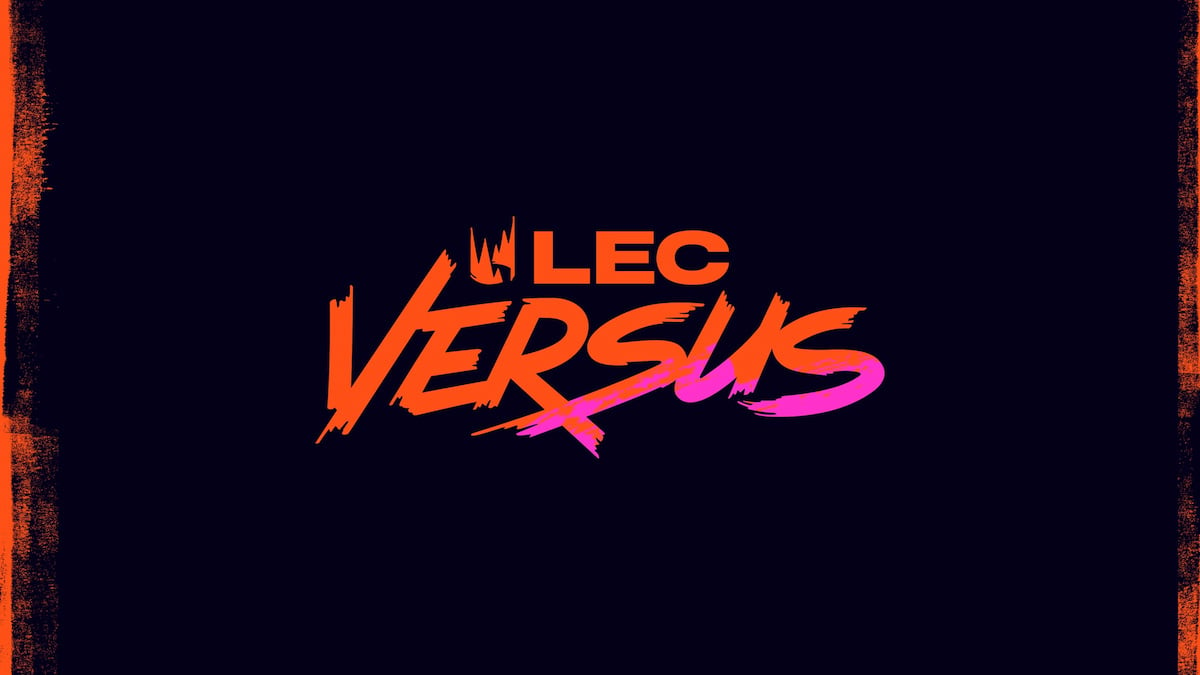
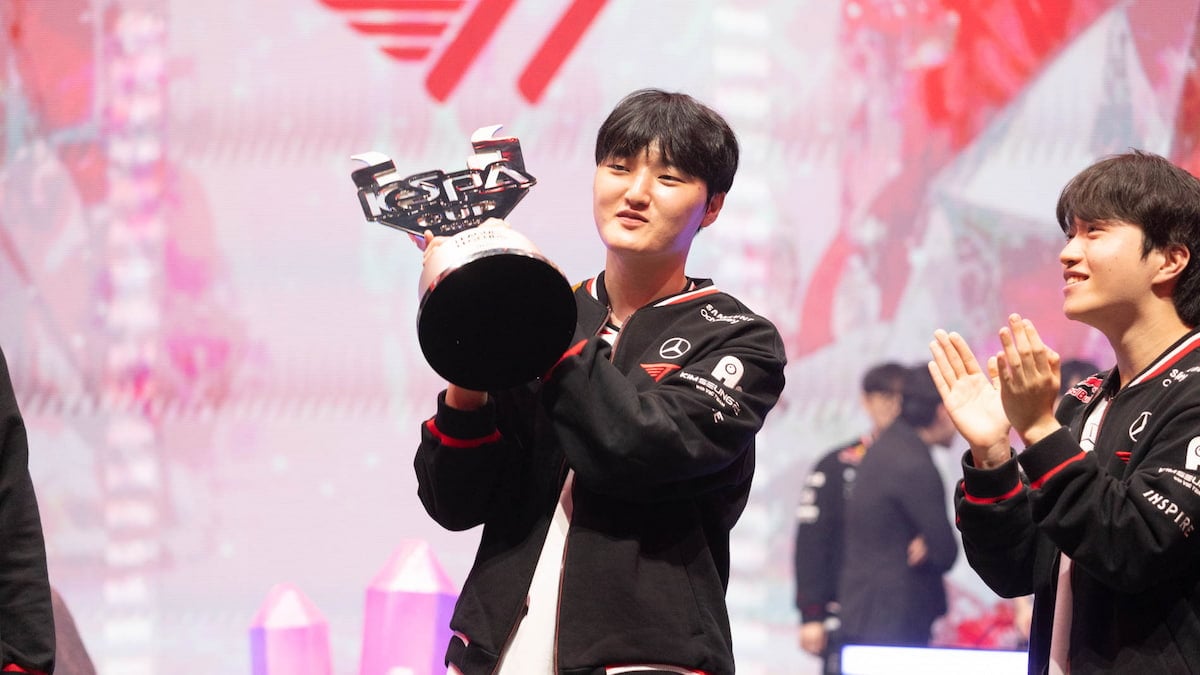
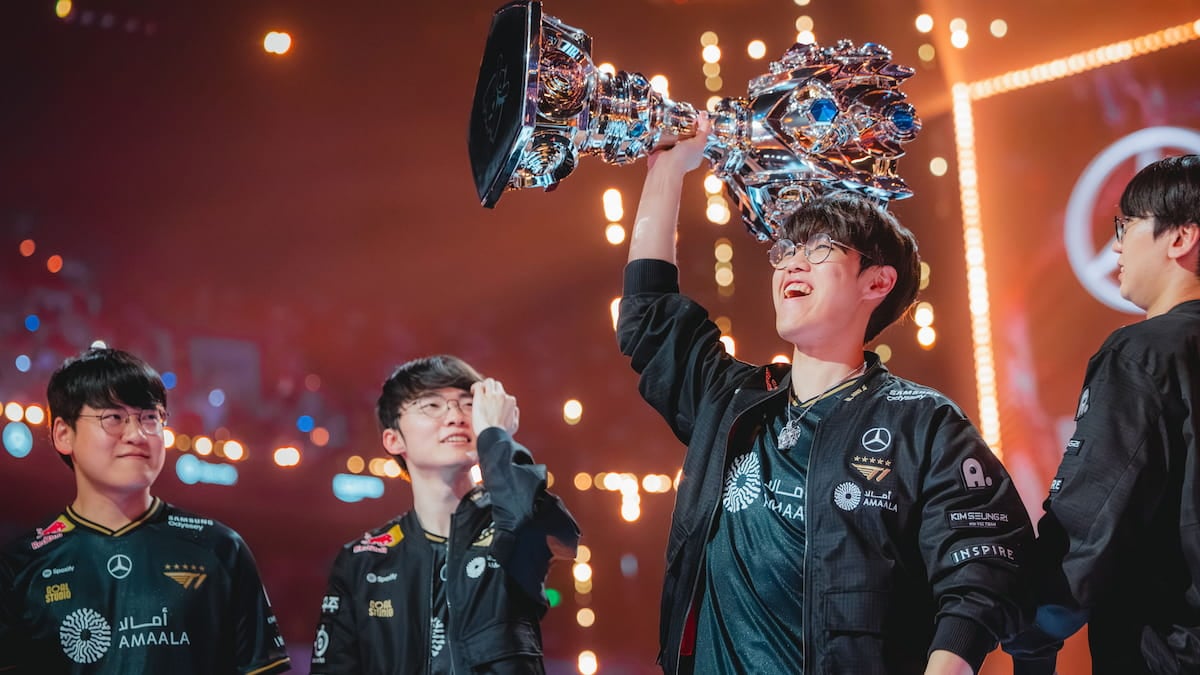
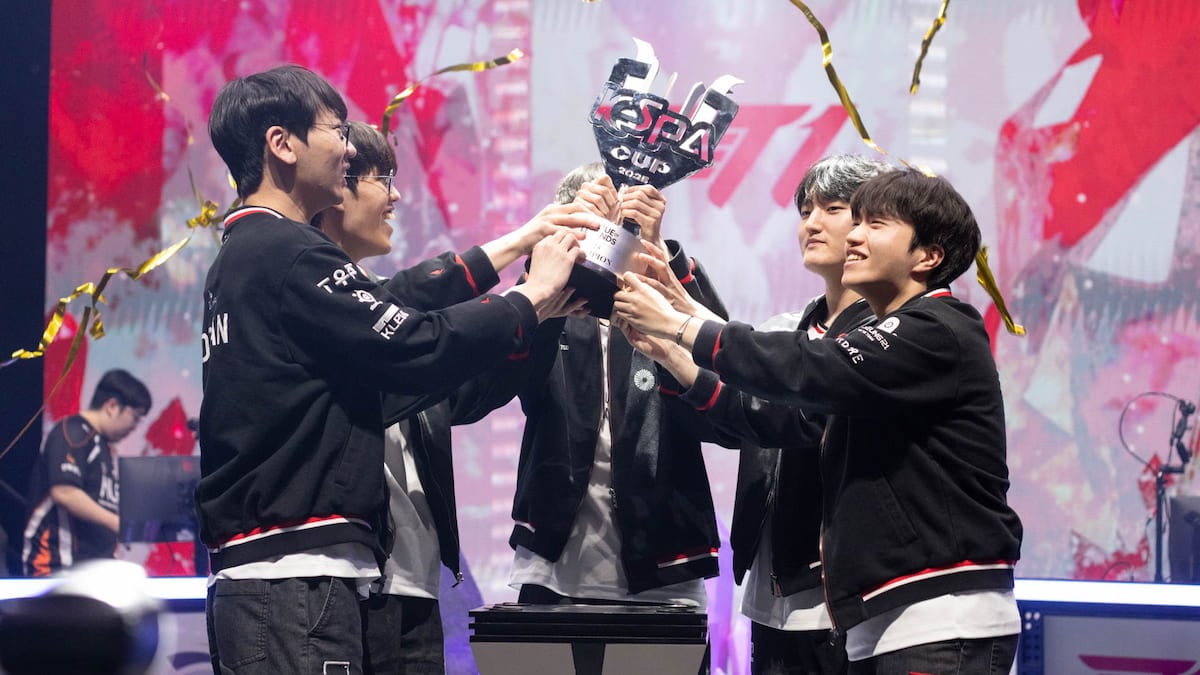
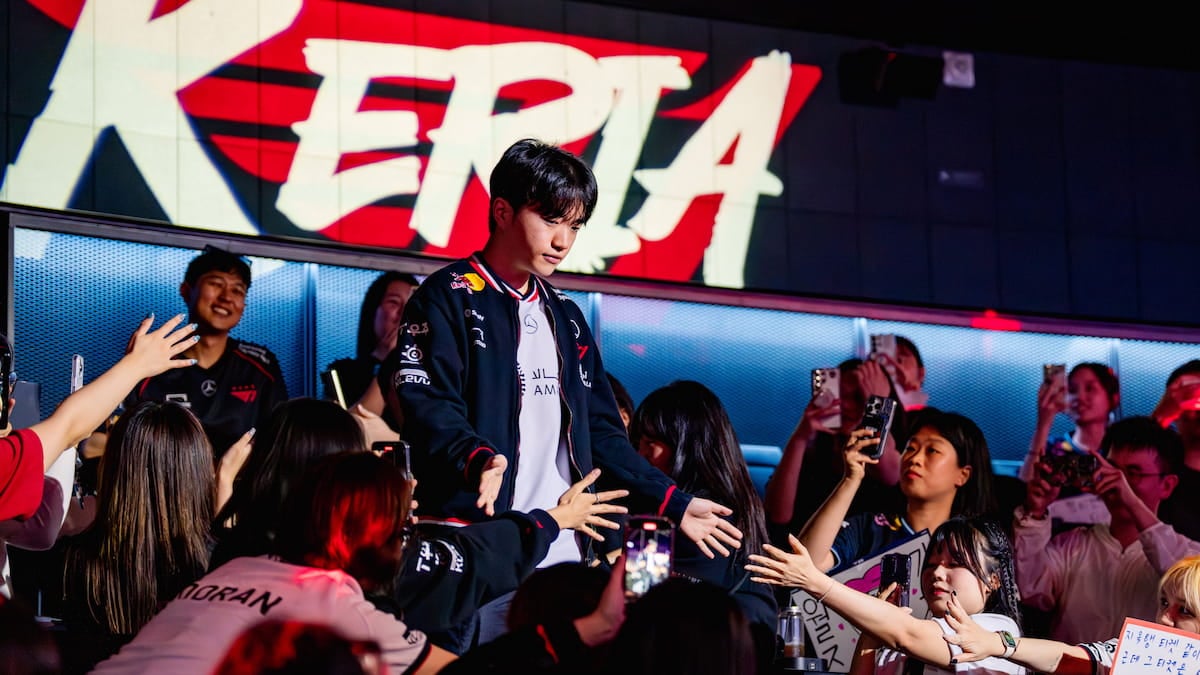
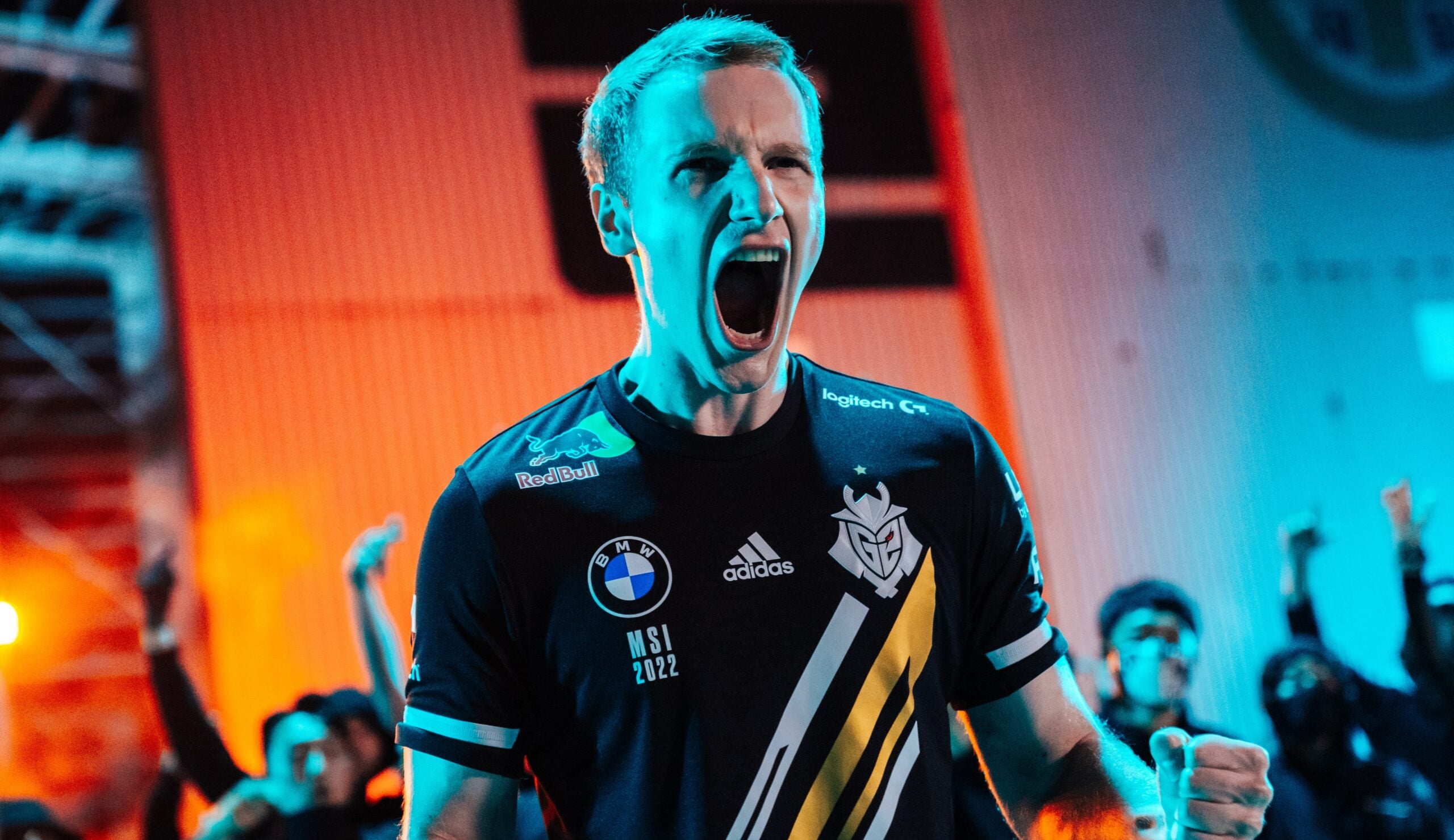
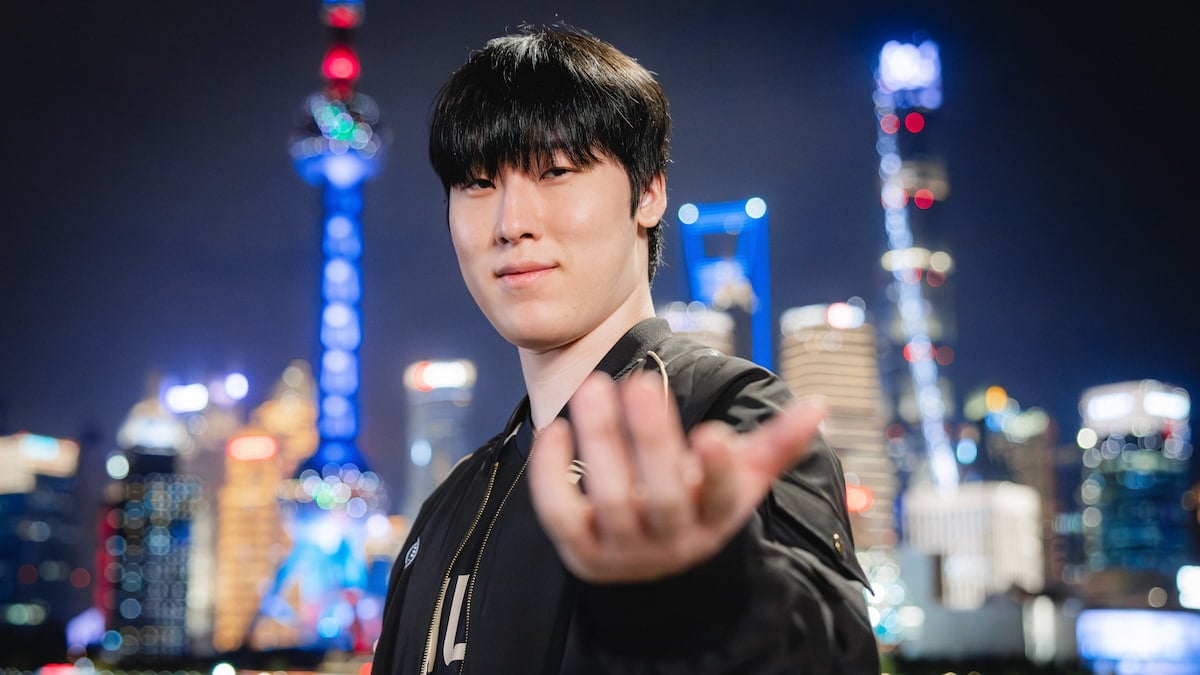
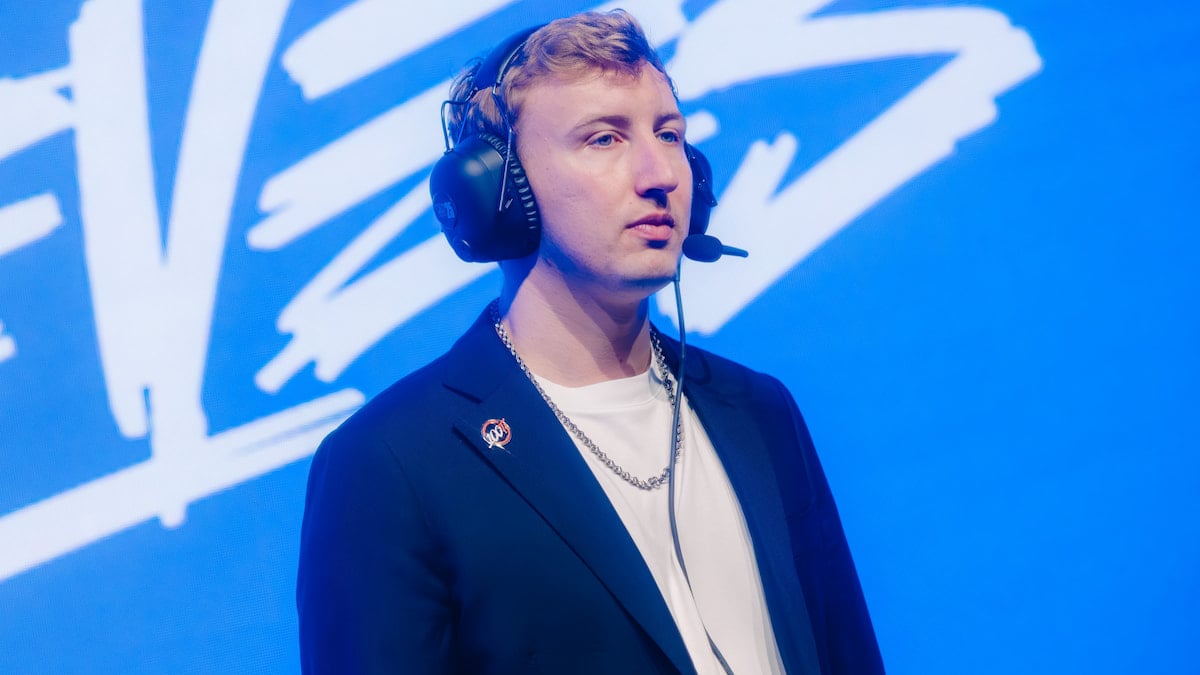


Published: Aug 12, 2020 10:54 am